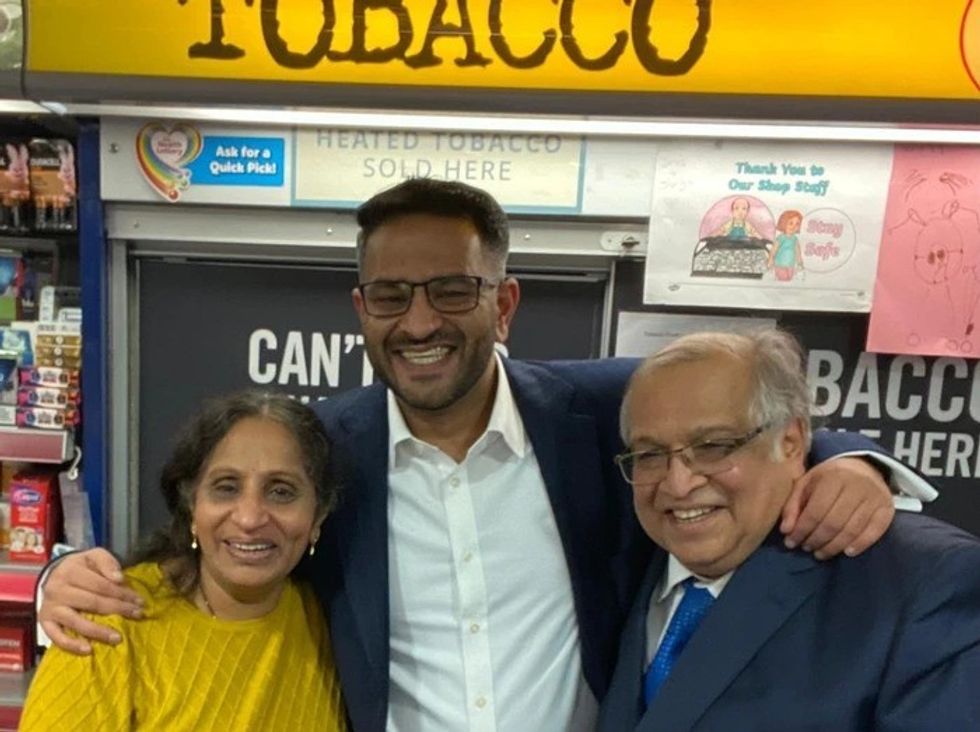Market gap strategies play a vital role in the success and sustainability of a business. Identifying and capturing these gaps can distinguish industry leaders from their competitors. Taxibox, a company that has revolutionised Australia's storage industry, provides an excellent case study of how identifying and executing market gap strategies can lead to remarkable business growth. This article will explore Taxibox's approach to identifying market gaps, the strategies employed to address them, and the broader implications for businesses.
Understanding Market Gaps
A market gap refers to unfulfilled needs or demands in the marketplace that existing businesses have not addressed. By identifying these gaps, companies can offer unique products or services, thus gaining a competitive edge. Market gaps can be discovered through customer feedback, market research, competitive analysis, and by staying updated on industry trends.
Successful examples of companies that have exploited market gaps include Airbnb in the accommodation sector and Netflix in the entertainment industry. Each identified a unique market opportunity and developed solutions to meet those specific needs, propelling them to industry leadership.
Background of Taxibox
Established over a decade ago, Taxibox has grown to become a leader in the storage industry in Australia. Founded by Ben Cohn and his team, the company faced a market saturated with traditional storage solutions that required customers to transport their belongings to and from storage facilities. Taxibox identified the inconvenience and cost related to these solutions as a significant gap in the market.
From its inception, Taxibox offered revolutionary portable storage solutions where storage units are delivered to the customer's location, filled at the customers convenience, and then transported to a secure storage facility. This unique selling proposition set them apart from conventional storage providers. Key milestones in Taxibox's growth include the expansion to major cities across Australia, the development of an advanced booking system, and partnerships with various real estate and moving companies.
Identifying the Market Gap: Taxibox's Approach
Taxibox utilised comprehensive market research and analysis techniques to identify gaps in the storage industry. They pinpointed the consumers' unmet needs for convenience, flexibility, and cost-effectiveness. At the time, the competitive landscape consisted primarily of traditional storage facilities with rigid service structures. Taxibox differentiated itself by offering a portable and customer-centric solution.
Engaging with customers through surveys and feedback forms allowed Taxibox to understand evolving storage requirements. This ongoing interaction emphasised the importance of convenience and cost-efficiency, which traditional storage providers had overlooked.
Strategies Employed by Taxibox to Fill the Market Gap
Innovation in service delivery was key to Taxibox's success. By offering portable storage units that could be delivered, picked up, and returned according to customer needs, the company introduced an unprecedented level of convenience. This approach transformed how customers thought about storage, eliminating the need for multiple trips to storage facilities.
Leveraging technology, Taxibox created an easy-to-use online platform where customers could book services, make payments, and manage their storage units. This enhanced customer experience and streamlined operations.
Strategic partnerships and collaborations played a crucial role in building brand awareness and expanding market reach. By aligning with real estate brokers and moving companies, Taxibox tapped into an existing customer base looking for storage solutions.
Marketing and promotional tactics were employed to solidify Taxibox's market presence. Utilising targeted advertising, social media campaigns, and customer testimonials, the company effectively communicated its unique value proposition.
Challenges and Solutions in Filling the Market Gap
Taxibox encountered several initial hurdles, including customer scepticism about the reliability and security of portable storage units. Addressing these concerns involved demonstrating the robustness of their storage solutions and ensuring superior security measures.
Adaptation and pivot strategies were necessary during the early stages. As the company expanded, it had to refine its logistical operations to handle increased demand. This included investing in more storage units and developing efficient transportation routes.
Technological challenges such as maintaining the online platform and ensuring data security were managed by integrating advanced IT solutions. The company continually upgraded its technological infrastructure to provide a seamless customer experience.
Lessons learned included the importance of customer engagement, flexibility in service offerings, and the necessity of robust logistical planning. Taxibox's success showcases how businesses can overcome challenges through innovation and customer-centric strategies.
Outcomes and Impact of Taxibox's Market Gap Strategies
Taxibox's market gap strategies have led to impressive financial performance and growth metrics. The company has reported steady revenue growth and expanded its service reach to cover major Australian cities.
Customer satisfaction and retention rates have surged, with many praising the convenience and reliability of Taxibox's services. These high satisfaction rates have translated into positive word-of-mouth and repeat business.
Taxibox's market position remains strong, with a competitive advantage bolstered by its unique service model and customer-centric approach. As a first mover in the portable storage market in Australia, Taxibox has set the benchmark for others to follow.
Looking ahead, Taxibox focuses on long-term sustainability and future growth prospects. The company aims to further innovate in response to customer needs and continue to explore new market opportunities.
Conclusion
The Taxibox case study exemplifies the importance of market gap strategies in achieving business success. By continually identifying and addressing unmet needs in the market, Taxibox has consistently stayed ahead of the competition. Companies can draw valuable lessons from Taxibox's approach, highlighting the need for ongoing market analysis, innovation, and customer-focused service delivery.
In conclusion, businesses aiming to thrive in competitive industries should take a leaf out of Taxibox's book. Identifying market gaps and strategically addressing them can lead to sustainable growth and a robust market presence.



















 Davindra and Seema Misra, and Vijay and Gita Parekh
Davindra and Seema Misra, and Vijay and Gita Parekh Varchas Patel with his father Vipin and mother Jayshriben
Varchas Patel with his father Vipin and mother Jayshriben Hasmukh Shingadia and his wife Chandrika were all victims of the Horizon scandal
Hasmukh Shingadia and his wife Chandrika were all victims of the Horizon scandal
During the hearing, Clifford denied all the charges except for the rape charge, which was added to the indictment at the session. (Photo: Hertfordshire Police /Handout via REUTERS)
Man pleads not guilty to murder of BBC presenter's family
A 26-year-old man has pleaded not guilty to charges of murdering the wife and two daughters of BBC sports commentator John Hunt in a crossbow and knife attack.
Kyle Clifford, who also faces charges of rape, appeared via video link at Cambridge Crown Court on Thursday.
Clifford, arrested in July after a manhunt, is charged with three counts of murder, one count each of rape and false imprisonment, and two counts of possessing offensive weapons – a 10-inch knife and a crossbow.
During the hearing, Clifford denied all the charges except for the rape charge, which was added to the indictment at the session.
He is expected to enter a plea for that charge at a later date.
The victims were Carol Hunt, 61, wife of horseracing commentator John Hunt, and their daughters Louise, 25, and Hannah, 28.
An earlier hearing revealed that Louise had been found tied up and that both she and her sister had been shot with a crossbow, while their mother had been stabbed with a knife.
The fatal attack occurred at the family’s home in Bushey, a commuter town near Watford, northwest of London.
(With inputs from AFP)